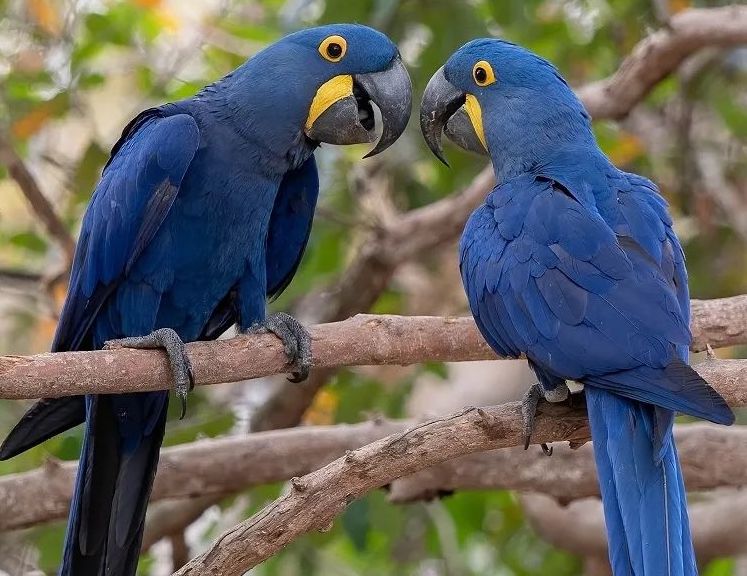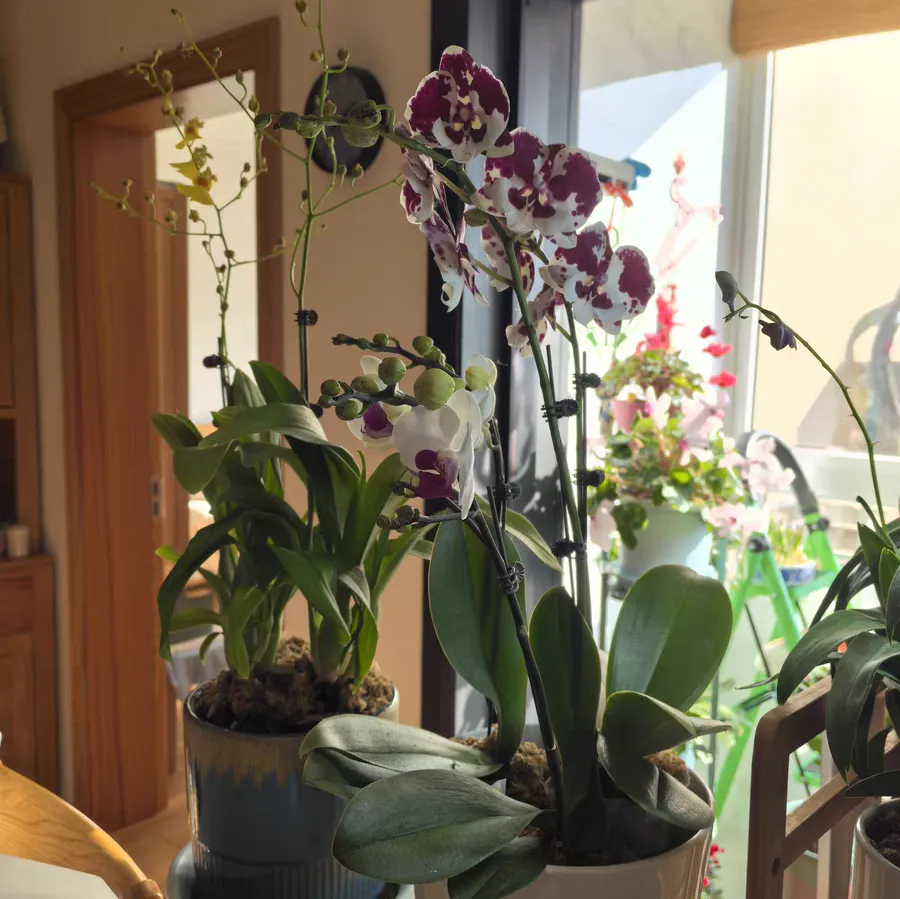Those who have seen "Rio Adventure" must be impressed by the smart and beautiful blue macaw. Its name is BLUE. In the movie, BLUE, as the last male blue macaw, was brought back to Brazil to reproduce and gave rise to a series of crazy and funny experiences. It is also this globally popular animated film that has further threatened the survival of the blue macaw. Although they have been listed as protected animals for a long time and trading is prohibited, the high price lures poachers to catch them regardless of everything. The price of cobalt blue macaws in the international market even reaches $100,000 per piece. Today, we introduce the rarest "blue macaw".

The beautiful cobalt blue "hyacinth macaw" is also known as Anodorhynchus hyacinthinus. It is the largest species among all parrots, and its figure is almost the same as that of the vulture. It is a very rare andthreatened species and can only be raised by the most professional owners. It requires sufficient time to take care of, patience, and sufficient financial resources to meet various difficult requirements. This makes them more common in zoos than in private homes.

The purple-blue macaw is about 1 meter long from head to tail, with a wingspan of 0.1 meter and a weight of about 1.5 kilograms. Its average lifespan is 60 years. Because of its long life, many times the pet owner will pass away before it, so it is listed in the will. The purple-blue macaw is originally native to central and eastern South America. There are mainly three populations: one is in the Pantanal Wetland area of Brazil, the eastern part of Bolivia, and the northeastern part of Paraguay; the other lives in the Pantanal Wetland in Brazil; the other is located in the Cerrado region in the eastern inland of Brazil, and a place in the Amazon River basin in Brazil. The purple-blue macaw likes to inhabit palm swamps, woodlands, and semi-open areas, usually avoiding dense and humid forests, and can also be found in open areas along major rivers.

Although the purple-blue macaw appears somewhat terrifying due to its huge size and sharp, strong hooked beak, it is actually a gentle giant. It is essentially very gentle and can be easily trained through play, and it also establishes a lifelong strong relationship with the pet owner. Remember the alarm clock-like chirping of BLUE in the movie? The purple-blue macaw makes a wide variety of sounds, ranging from deep guttural sounds to high-pitched tremolo. Especially when a large group of parrots are together, it often makes more noise. Keepers must get used to and accept this sound that is more exciting than a car horn.
The purple-blue macaw is one of the few birds that need human care, and it is best for people with long-term experience in raising parrots to raise it. Due to the gradual reduction of their habitat, as well as the demand for its feathers in the pet trade and by local natives, the wild population of the purple-blue macaw is gradually decreasing every year, and it has been listed in Appendix I of the Convention on International Trade in Endangered Species, prohibiting the international trade of parrot species. So they are usually not sold in pet stores.

The purple-blue macaw is entirely dark blue, with only bright yellow spots around the eyes and beak. These birds require more time and attention than other species, so they are not suitable for everyone to keep. They are big, beautiful, and smart, and look very attractive, but definitely do not keep them without careful consideration. They require long-term investment. The purple-blue macaw needs a spacious living space and is very unsuitable for keeping in a cage, so the pet owner needs a big house, or even a room specifically for it to fly. However, they are also very destructive, and most objects will be crushed by their powerful beaks, so many wooden toys and chewable branches need to be provided.
The beak of the purple-blue macaw is a powerful tool, which means that they must be trained from a very young age not to use their mouths to treat the pet owner. No matter how gentle it thinks the nibbling is, it will still make you in unbearable pain. Fortunately, they are usually very docile, easy-going, and like to learn from and accompany humans. Like all parrots, the purple-blue macaw is also a highly social animal that requires a lot of interaction with the pet owner to gain emotional happiness. Parrots that are neglected or restricted for a long time are often described as neurotic, some screaming, some destroying furniture, some self-harming and plucking their feathers. However, if they receive enough attention and care, they will prove to be the friendliest parrot species.
In the wild, the main food of the purple-blue macaw is fruits, green plants, and nuts, especially palm nuts. Its strong beak can crack coconuts. When kept at home, it is mainly fruits, vegetables, green leafy plants, and a large number of nuts, especially macadamia nuts. Because the purple-blue macaw needs more carbohydrates than other parrots, some special foods can be added.





Leave a Reply